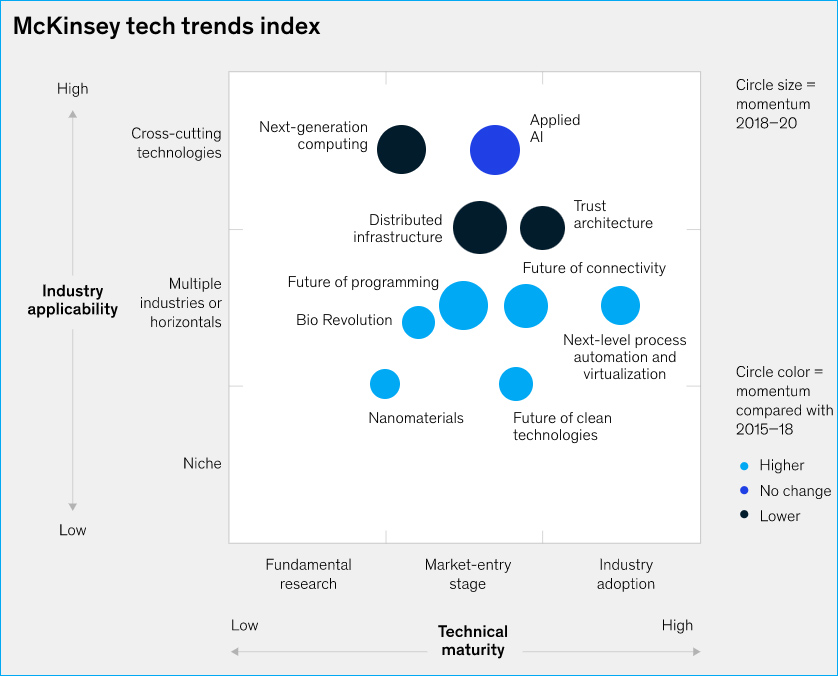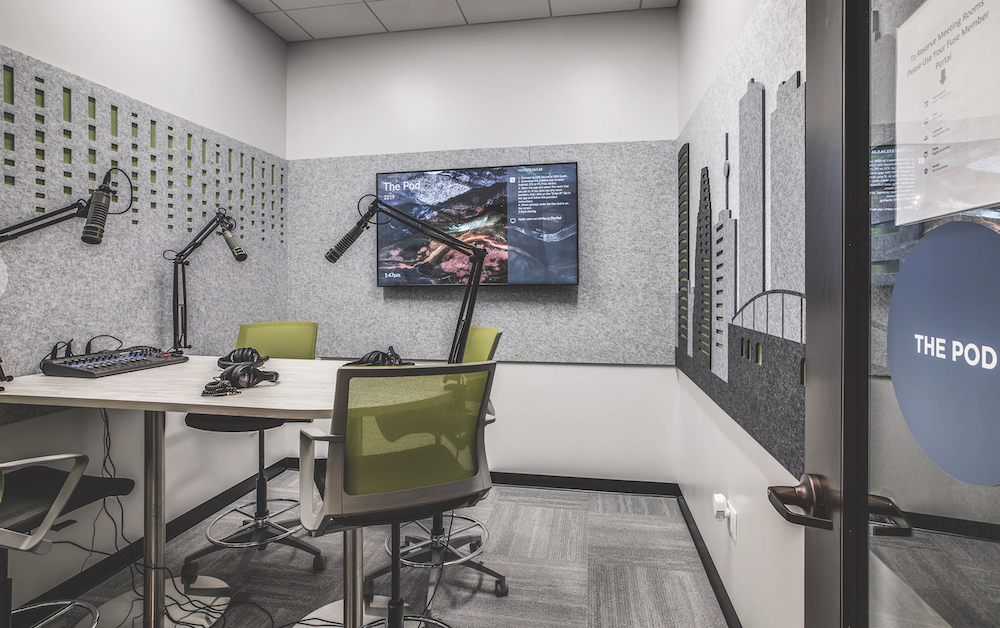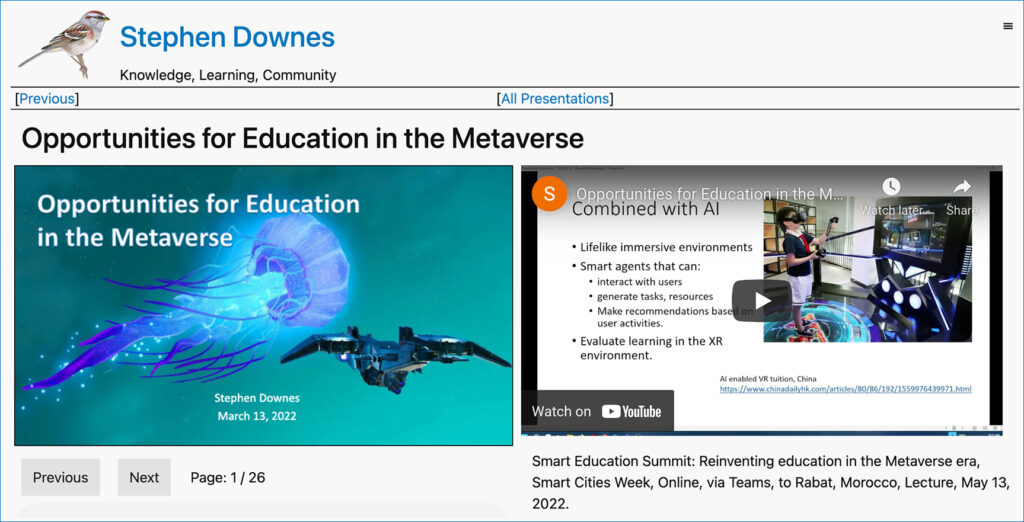Ransomware is already out of control. AI-powered ransomware could be ‘terrifying.’ — from protocol.com by Kyle Alspach
Hiring AI experts to automate ransomware could be the next step for well-endowed ransomware groups that are seeking to scale up their attacks.
Excerpt:
In the perpetual battle between cybercriminals and defenders, the latter have always had one largely unchallenged advantage: The use of AI and machine learning allows them to automate a lot of what they do, especially around detecting and responding to attacks. This leg-up hasn’t been nearly enough to keep ransomware at bay, but it has still been far more than what cybercriminals have ever been able to muster in terms of AI and automation.
That’s because deploying AI-powered ransomware would require AI expertise. And the ransomware gangs don’t have it. At least not yet.
But given the wealth accumulated by a number of ransomware gangs in recent years, it may not be long before attackers do bring aboard AI experts of their own, prominent cybersecurity authority Mikko Hyppönen said.
Also re: AI, see:
Nuance partners with The Academy to launch The AI Collaborative — from artificialintelligence-news.com by Ryan Daws
Excerpt:
Nuance has partnered with The Health Management Academy (The Academy) to launch The AI Collaborative, an industry group focused on advancing healthcare using artificial intelligence and machine learning.
Nuance became a household name for creating the speech engine recognition engine behind Siri. In recent years, the company has put a strong focus on AI solutions for healthcare and is now a full-service partner of 77 percent of US hospitals and is trusted by over 500,000 physicians daily.
Inflection AI, led by LinkedIn and DeepMind co-founders, raises $225M to transform computer-human interactions — from techcrunch.com by Kyle Wiggers
Excerpts:
Inflection AI, the machine learning startup headed by LinkedIn co-founder Reid Hoffman and founding DeepMind member Mustafa Suleyman, has secured $225 million in equity financing, according to a filing with the U.S. Securities and Exchange Commission.
…
“[Programming languages, mice, and other interfaces] are ways we simplify our ideas and reduce their complexity and in some ways their creativity and their uniqueness in order to get a machine to do something,” Suleyman told the publication. “It feels like we’re on the cusp of being able to generate language to pretty much human-level performance. It opens up a whole new suite of things that we can do in the product space.”










 Podcasting studio at FUSE Workspace in Houston, TX.
Podcasting studio at FUSE Workspace in Houston, TX.


